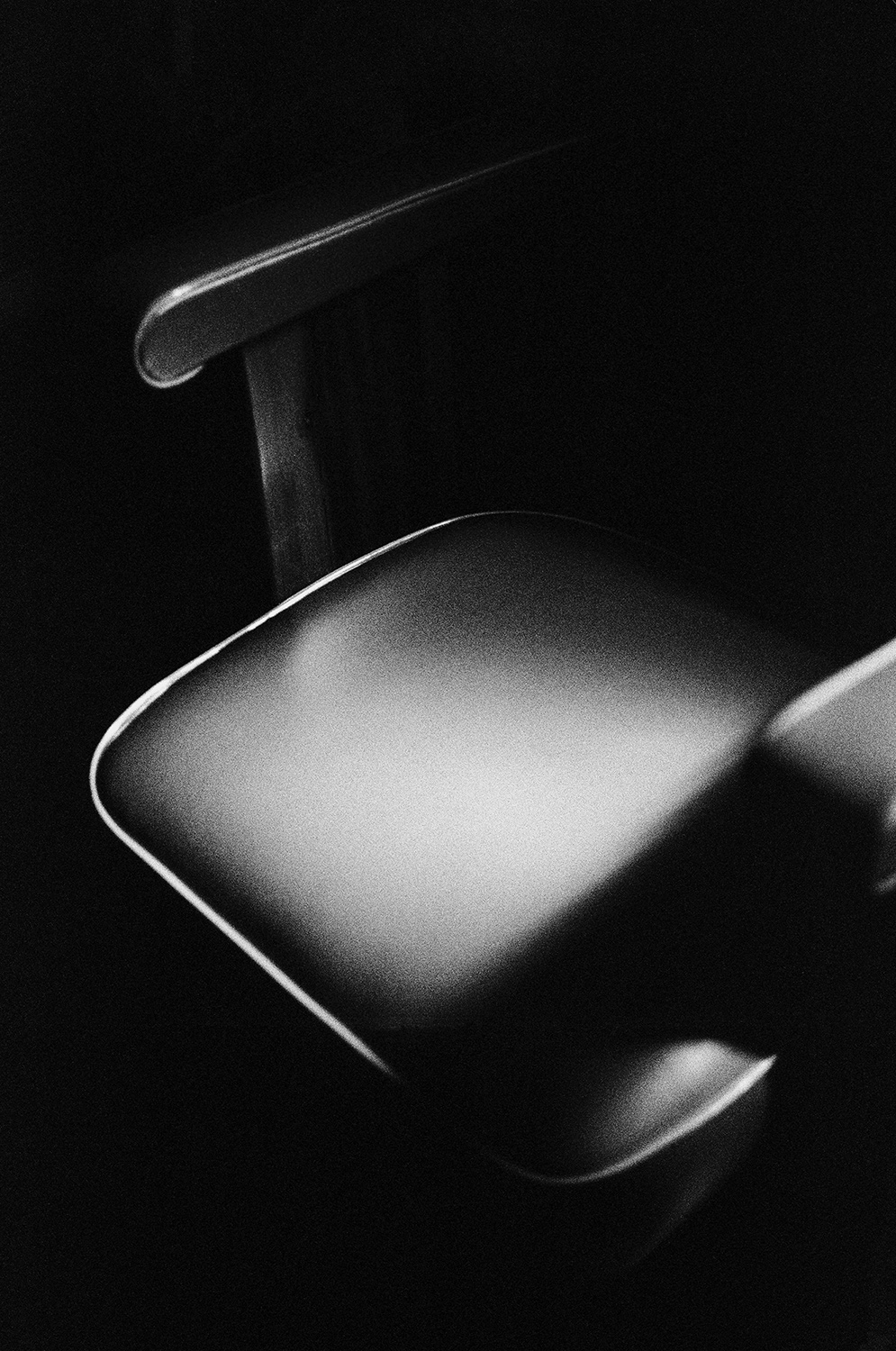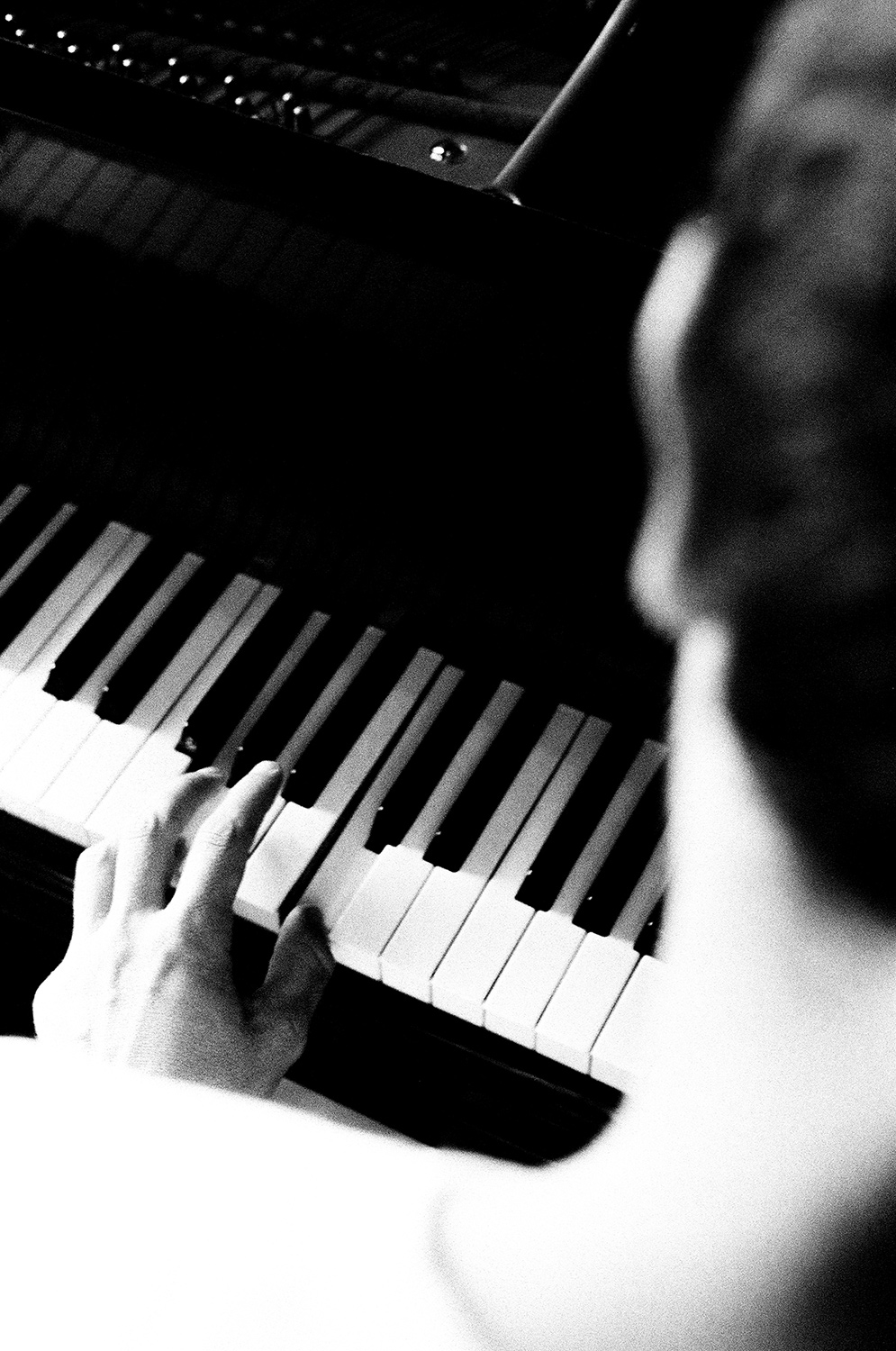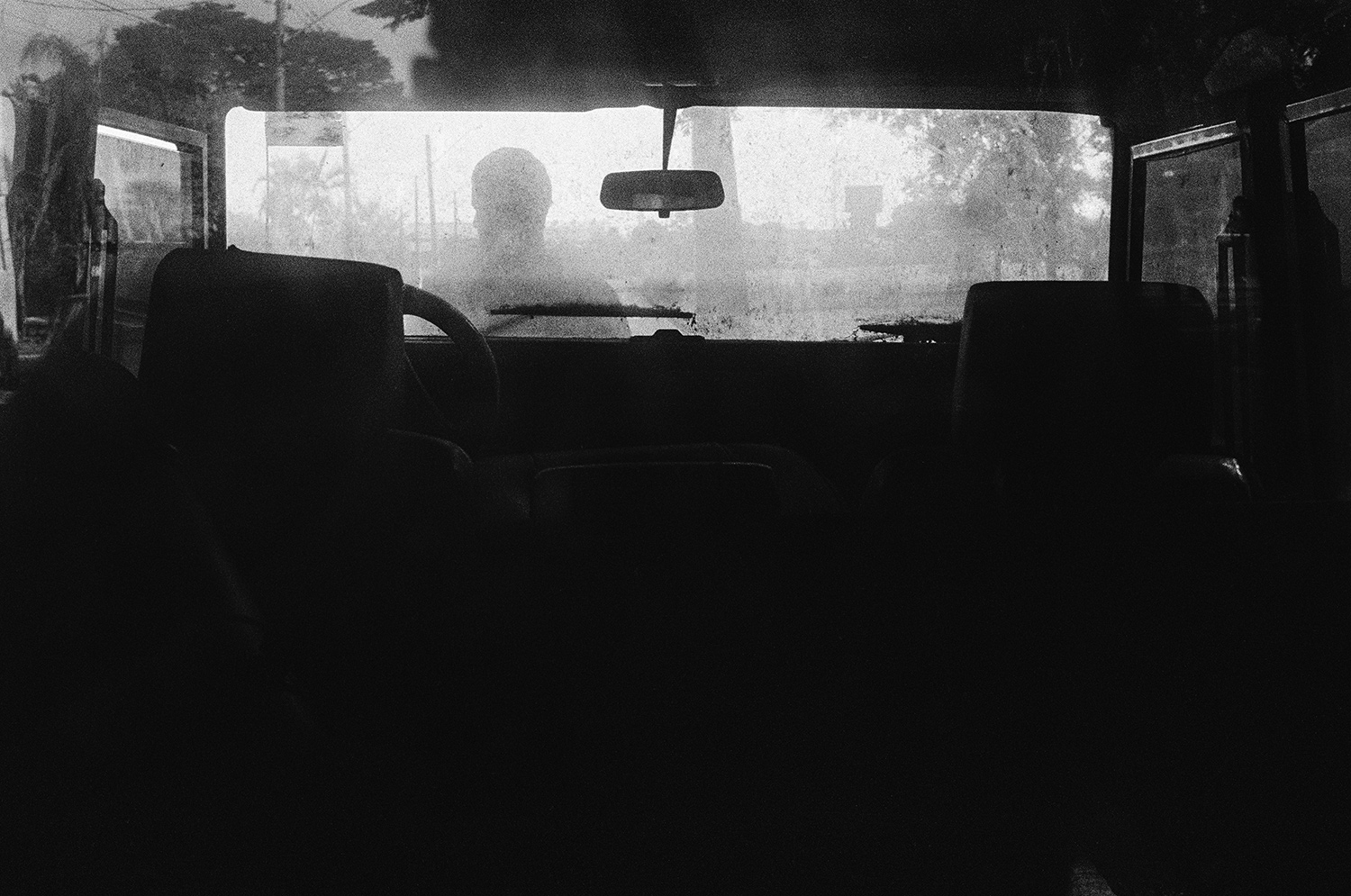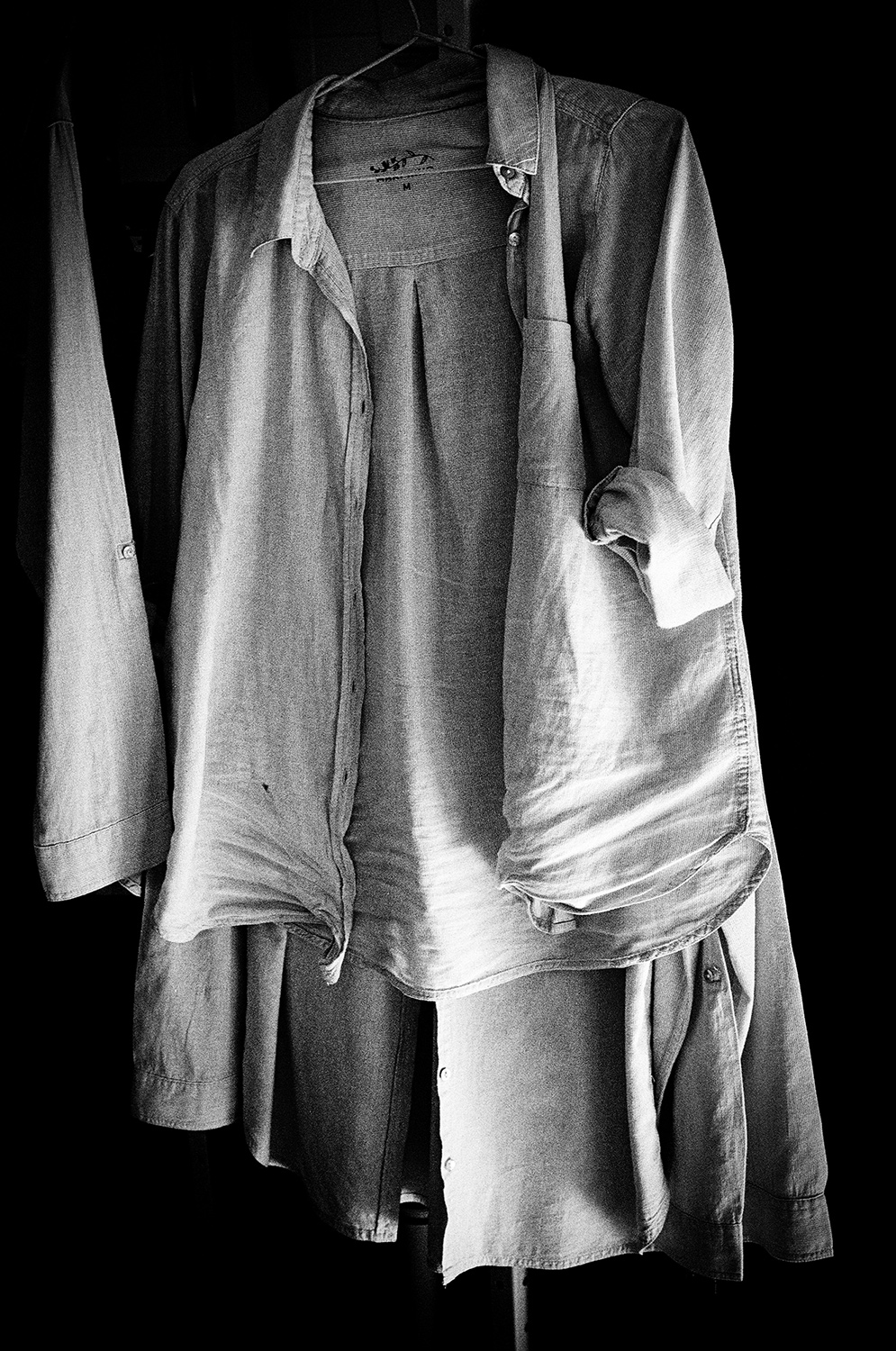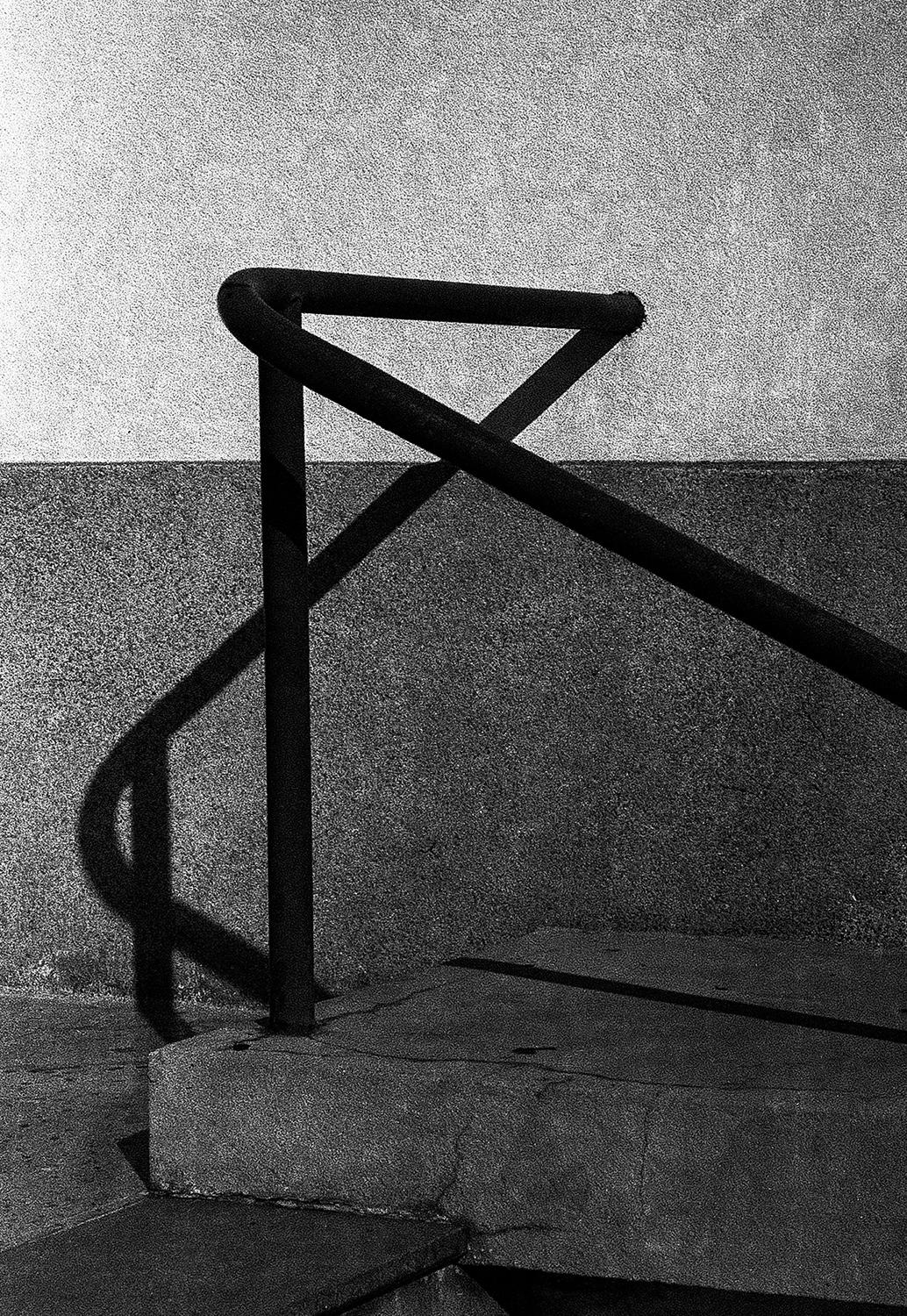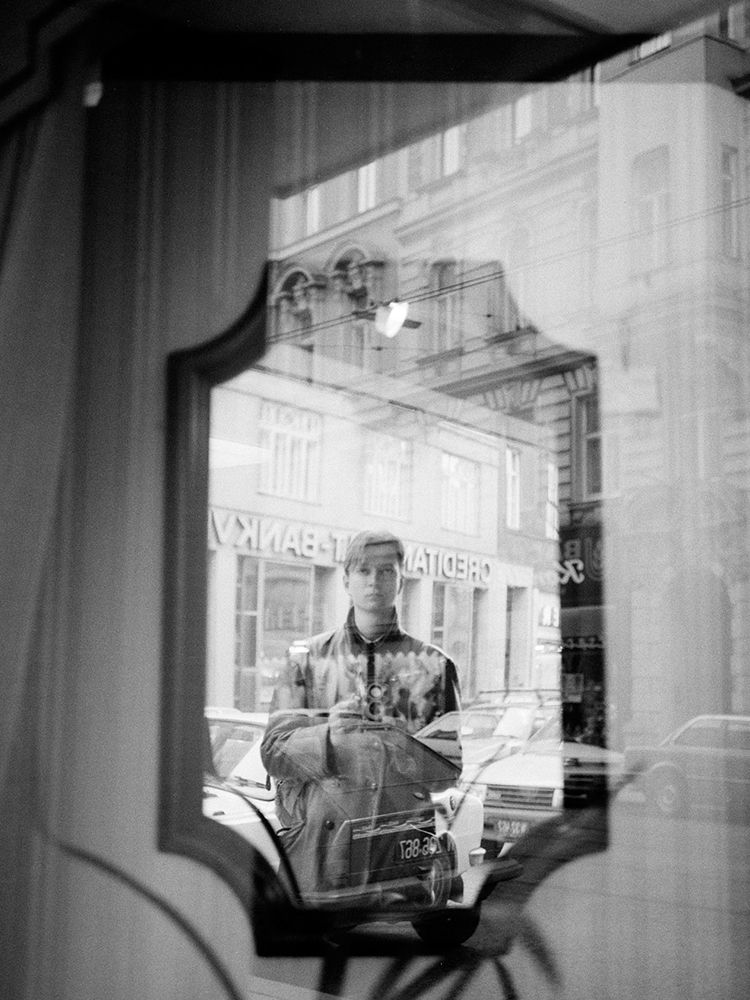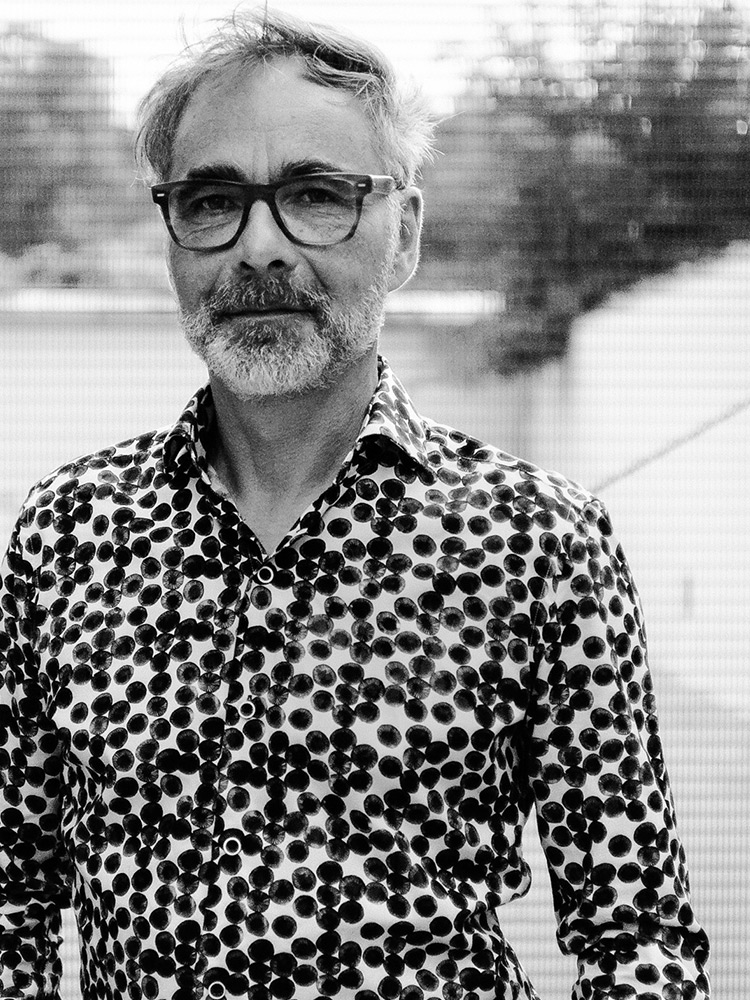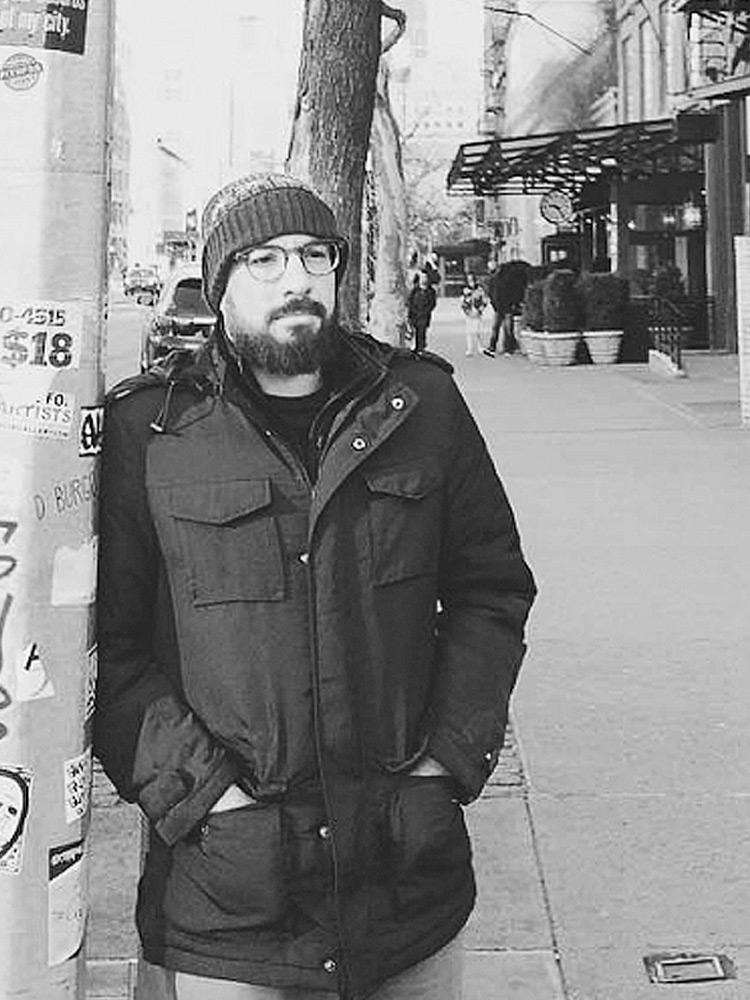
In conversation with
Gabriel Bueno
Americana, Brasil
Hi Gabriel, please introduce yourself.
I live in Americana, a small city near São Paulo – Brasil. I’m a Merchandise Designer and a Bakery owner with my partner in crime (Karina). My dad used to shoot in film and was passionate about analog photography, so it was always around me in a certain way. I start shooting in the beginning of 2020, diving deep into this magical universe.
What does analog photography mean to you? What excites / fascinates you about it?
It means constantly learning for a better understanding of who I am and everything I surround myself with. Also the imponderable, unpredictable that makes everything magical.
In your opinion, what are the advantages and disadvantages of analogue photography?
For me there are no disadvantages. I enjoy every step of the process. We are living in a culture of impatience where people are accustomed to immediate results. So for me, analogue is the opposite of that. Analogue makes me slow down.
Do you concentrate on a certain topic in your work?
Machiel Botman book (Heartbeat) and Marcelo Greco book (Abrigo) were turning points in my life. I learned another perspective in photography. My routine, family, places I grew up and people I interact with on a daily basis are the main topics of my photography.
Trent Parte said once in an interview: “Those things that have influenced your life when you’re growing up, they come through in other ways.” And I think it’s true.
Are there (analogue) photographers who have influenced your aesthetic and approach?
Ray K Metzker, Ralph Gibson, Saul Leiter, All Format Collective members (Kit, Mikael, Nick, Lorenzo…), André Kertész, Cristiano Mascaro, Josef Sudek, Klavdij Sluban, Marcelo Greco, Machiel Botman, Michael Ackerman, Ernst Haas, Renato d’Agostin, Louis Faurer, Aaron Siskind, Gertrudes Altschul, José Yalenti, Ed Viggiani, Trent Parke.
Do you have certain cameras and films that you prefer to work with?
My Leica R6.2, 50mm lens with a Kodak Tri-X 400.
Speaking of films: What does your workflow look like?
The detachment is always an important element for me. I like to shoot and wait for a while before the development process, then I send it for scanning. I just start to print my photographs in a small darkroom I set up at my apartment and it has been an amazing experience.
What advice would you have for other photographers who are reading this interview?
Just shoot without over thinking so much and enjoy the experience.
If you publish your work on Instagram: curse or blessing?
Instagram is an amazing tool if you know how to use it. It’s great to discover and interact with new artists all over the world. But, in my opinion, photographs should be printed; it doesn’t matter if it’s a book, a zine, a single image or a dummy for yourself only. It needs to be materialised in some way.
Which 3 photo books can you recommend / should you definitely own?
The list is huge so I’ll list 3 books that I’m experiencing at the moment:
Josef Sudek: “The Window of My Studio”
Helena Rios: “Rios em Flor”
Ralph Gibson: “Spirit of Burgundy”
Thank you so much for your time!
Favorites
Leica R6.2 / M6
Kodak Tri-X 400 / Ilford HP5
B/W
